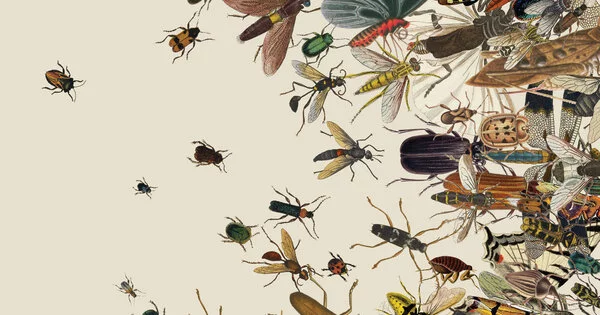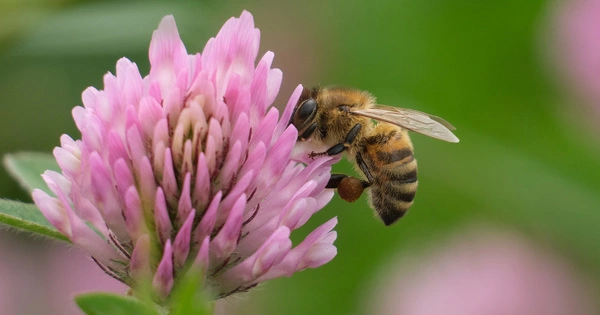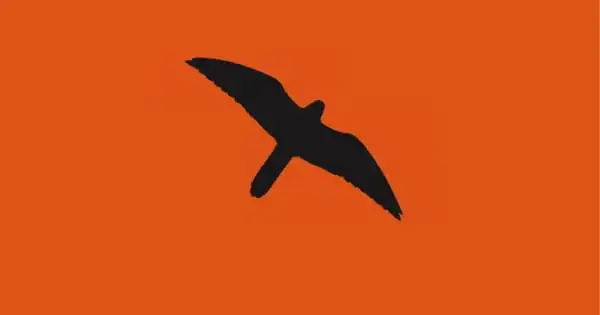Insect declines are exacerbated by the destruction and degradation of natural habitats such as forests, wetlands, and grasslands. The availability of suitable habitats for insects is reduced as a result of urbanization, intensive agriculture, and deforestation, limiting their food sources, breeding sites, and shelter.
A Mainz University researcher has published work in a special issue of Biology Letters on the causes and consequences of global insect declines, as well as potential countermeasures.
Throughout the world, we are witnessing not only a decline in individual insect numbers, but also a collapse in insect diversity. Land-use intensification in the form of increased utilization for agriculture and building development, as well as climate change and the spread of invasive animal species as a result of human trade, are major causes of this concerning trend. These are the main conclusions reached in a recent Biology Letters special feature on insect decline.
PD Dr. Florian Menzel of the Institute of Organismic and Molecular Evolution at Johannes Gutenberg University Mainz (JGU) is one of the three editors. “As evidence of a continuing global crash in insect populations grew in recent years, we decided it was time to edit and publish this special issue. Our goal was not to document insect population declines, but to gain a better understanding of their causes and consequences,” Menzel explained.
Based on the results available to us, we learned that not only are land-use intensification, global warming, and the escalating dispersal of invasive species the main drivers of global insect disappearance, but that these drivers interact with one another.
Dr. Florian Menzel
Menzel contacted international researchers, including forest entomologist Professor Martin Gossner of the Swiss Federal Institute for Forest, Snow, and Landscape Research (WSL) and biologist Dr. Nadja Simons of TU Darmstadt, to collate the information they could provide on insect declines and to stimulate new studies on the subject. Menzel, Gossner, and Simons’ special issue contains 12 research-related articles, two opinion papers, and an extensive editorial.
The main causes of insect decline are increased land use, climate change, and invasive species.
“Based on the results available to us, we learned that not only are land-use intensification, global warming, and the escalating dispersal of invasive species the main drivers of global insect disappearance, but that these drivers interact with one another,” Menzel added. Human-damaged ecosystems, for example, are more vulnerable to climate change, as are their insect communities. Furthermore, invasive species can establish more easily in habitats damaged by human land use and displace native species. As a result, while many insect species decline or become extinct, a small number of others, including invasive species, thrive and increase. As a result, insect communities across habitats are becoming increasingly homogeneous.

“It appears that specialized insect species suffer the most, while more generalized species thrive.” This is why we’re seeing more insects that can live almost anywhere, while species that require specific habitats are declining,” Menzel explained. The effects of this development are numerous and generally negative for ecosystems. For example, the decline in bumblebee diversity has resulted in a decrease in plants that rely on specific bumblebee species for pollination.
“In general, a decline in insect diversity endangers the stability of ecosystems.” Fewer species means fewer insects capable of pollinating plants and keeping pests at bay. This, of course, means that there is less food for insect-eating birds and other animals. As a result of the decline in insect numbers, their continued existence may be jeopardized,” Menzel emphasized.
In their editorial, Menzel, Gossner, and Simons suggest ways in which we can best respond to the effects that their gathered data has revealed. They advocate a particular approach for future research into insect decline. Standardized techniques should be employed to monitor insect diversity across many habitats and countries, the more so as in many regions of the world, we still don’t know how the insects are doing.
The researchers also propose establishing a network of interconnected nature reserves to allow species to move from one habitat to another. Less heat-tolerant insects could thus migrate from areas where global warming is causing temperatures to rise to higher elevations or cooler northern regions. Furthermore, we need to take steps to limit the spread of invasive animal and plant species as a result of globalized trade and tourism.
“This is another problem that has become extremely serious in the last few decades,” Menzel concluded. The current special issue cites the invasion of non-native insectivorous fishes in Brazil, which has resulted in a significant decline in freshwater insects.
















